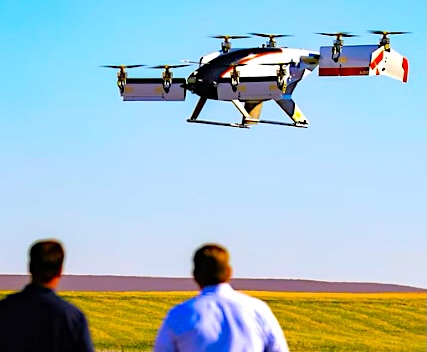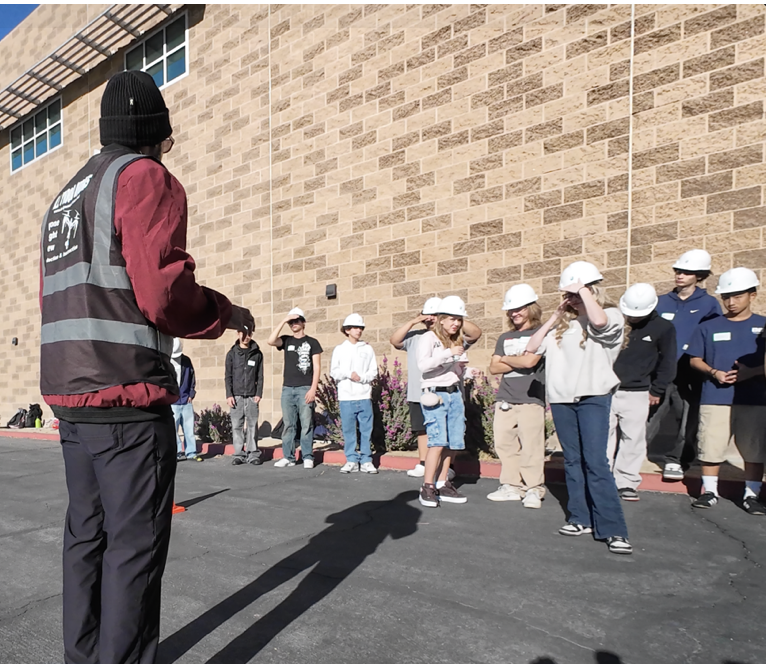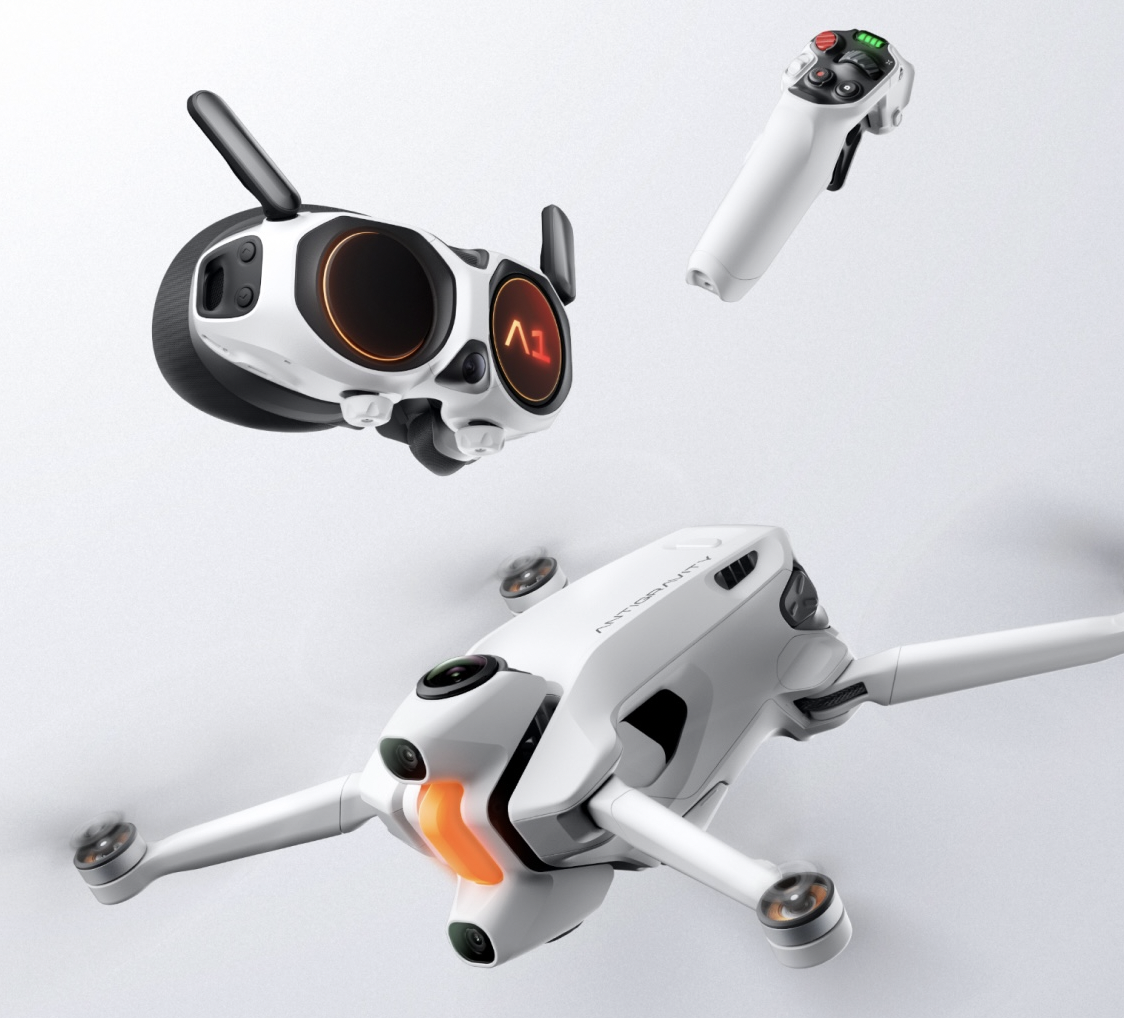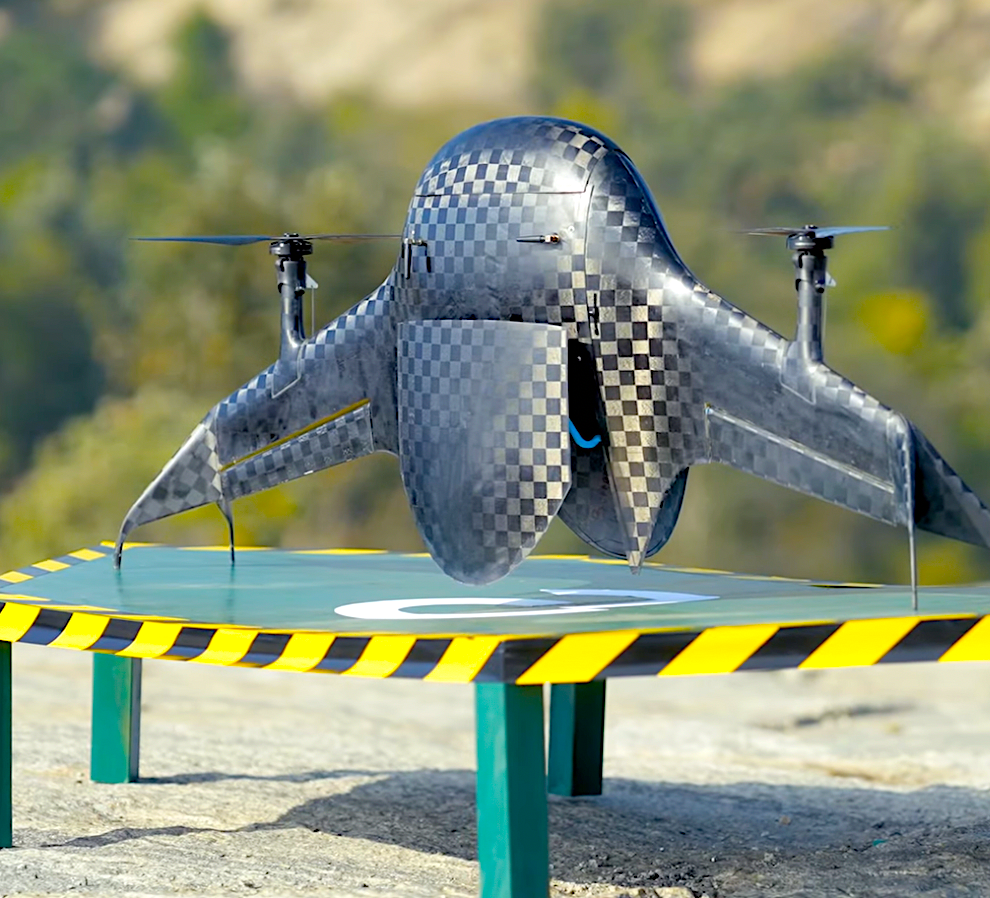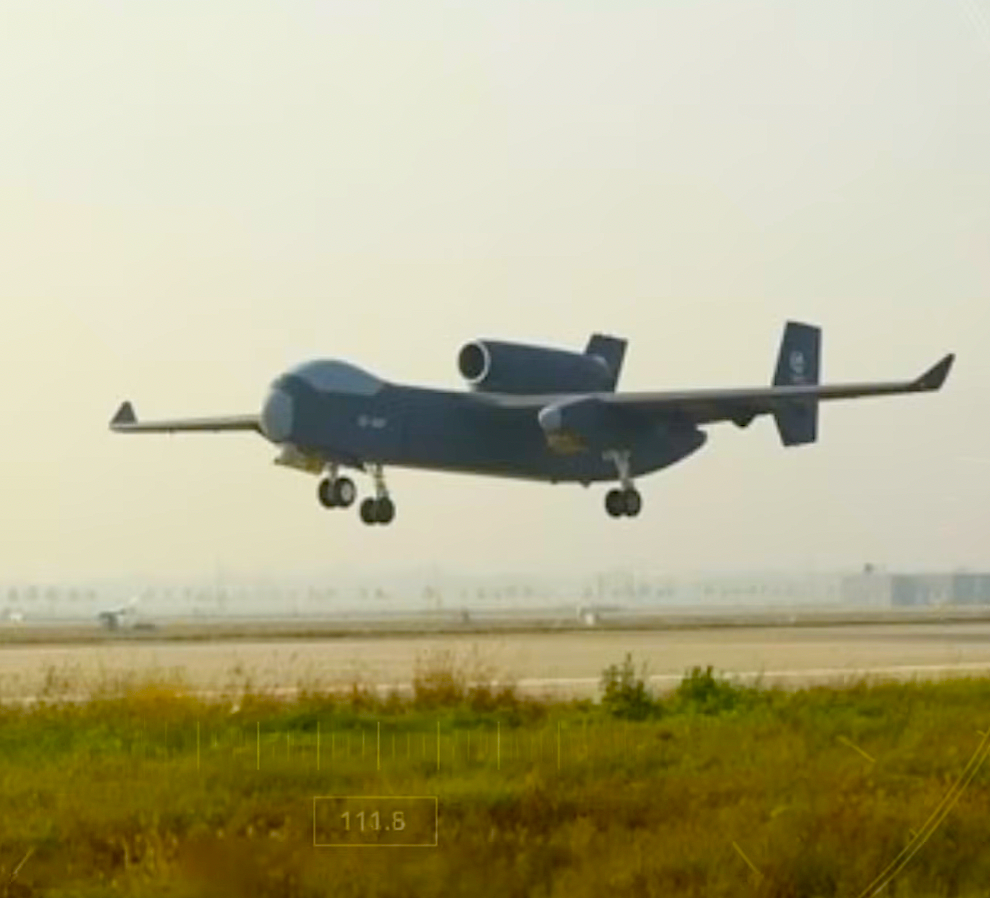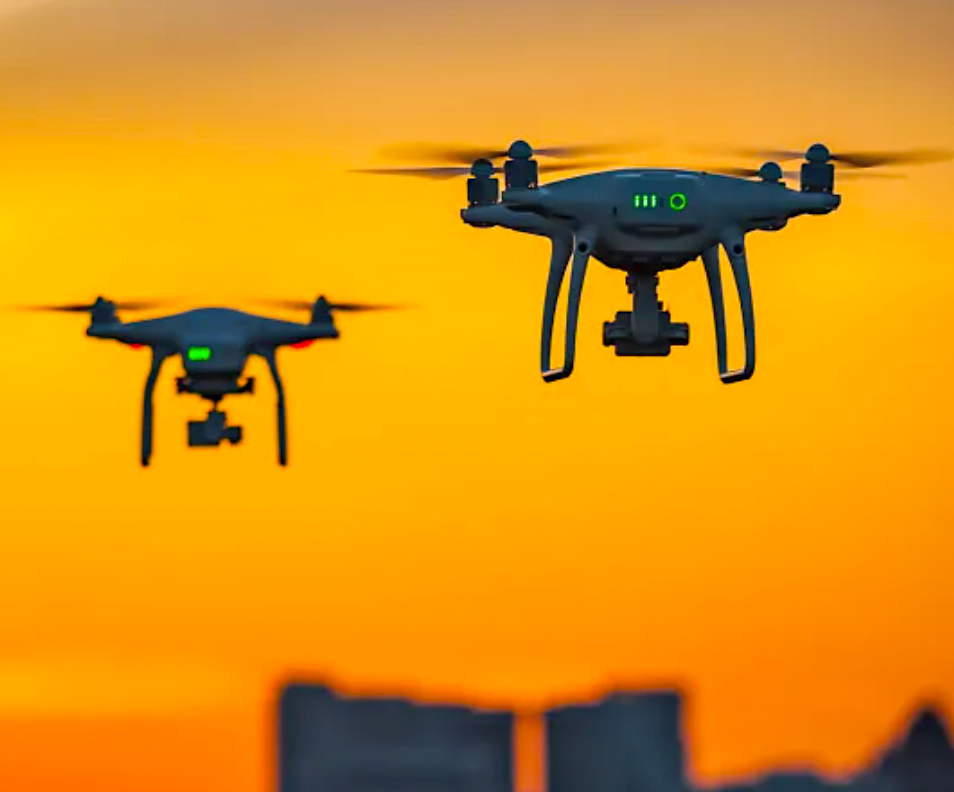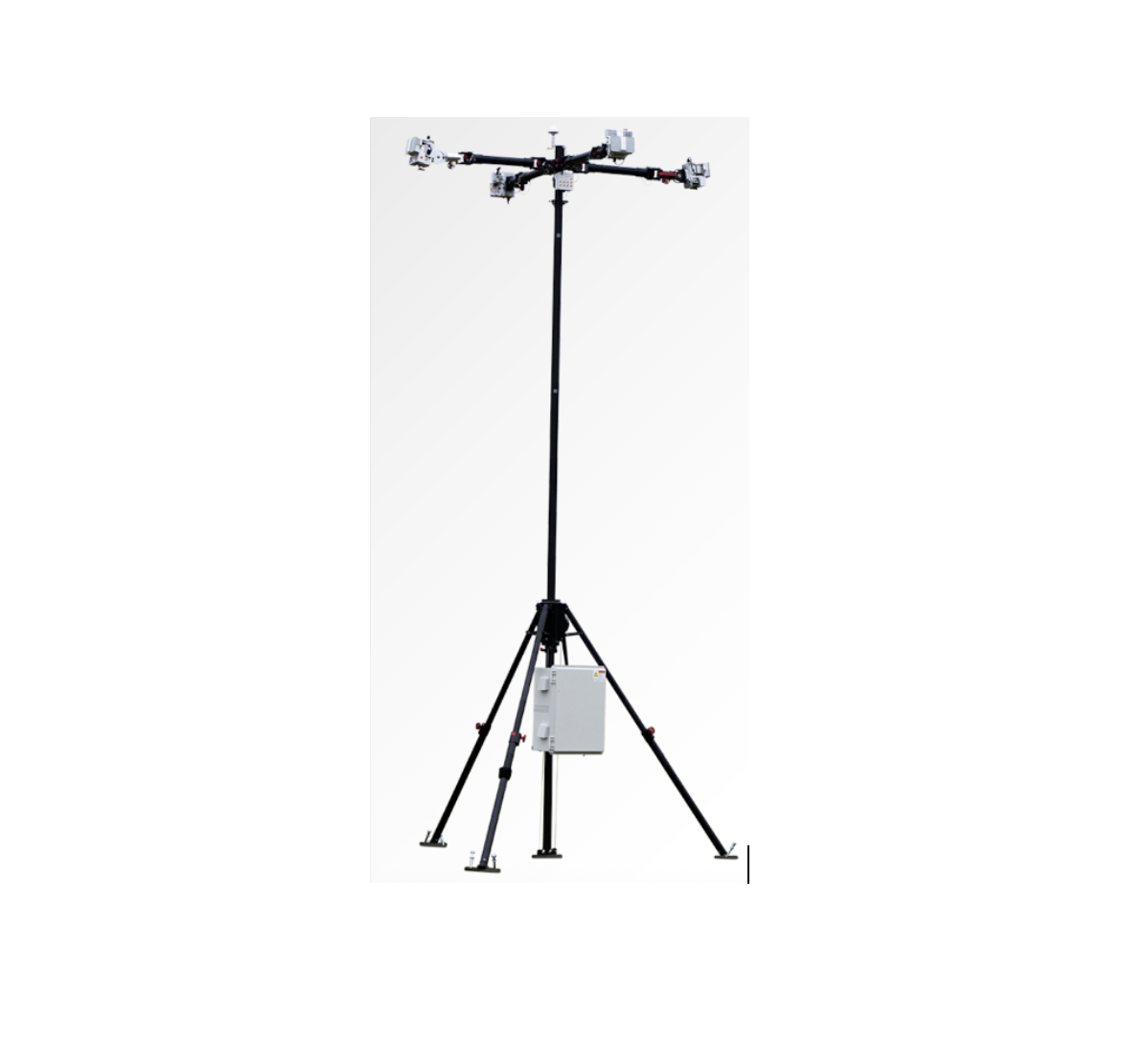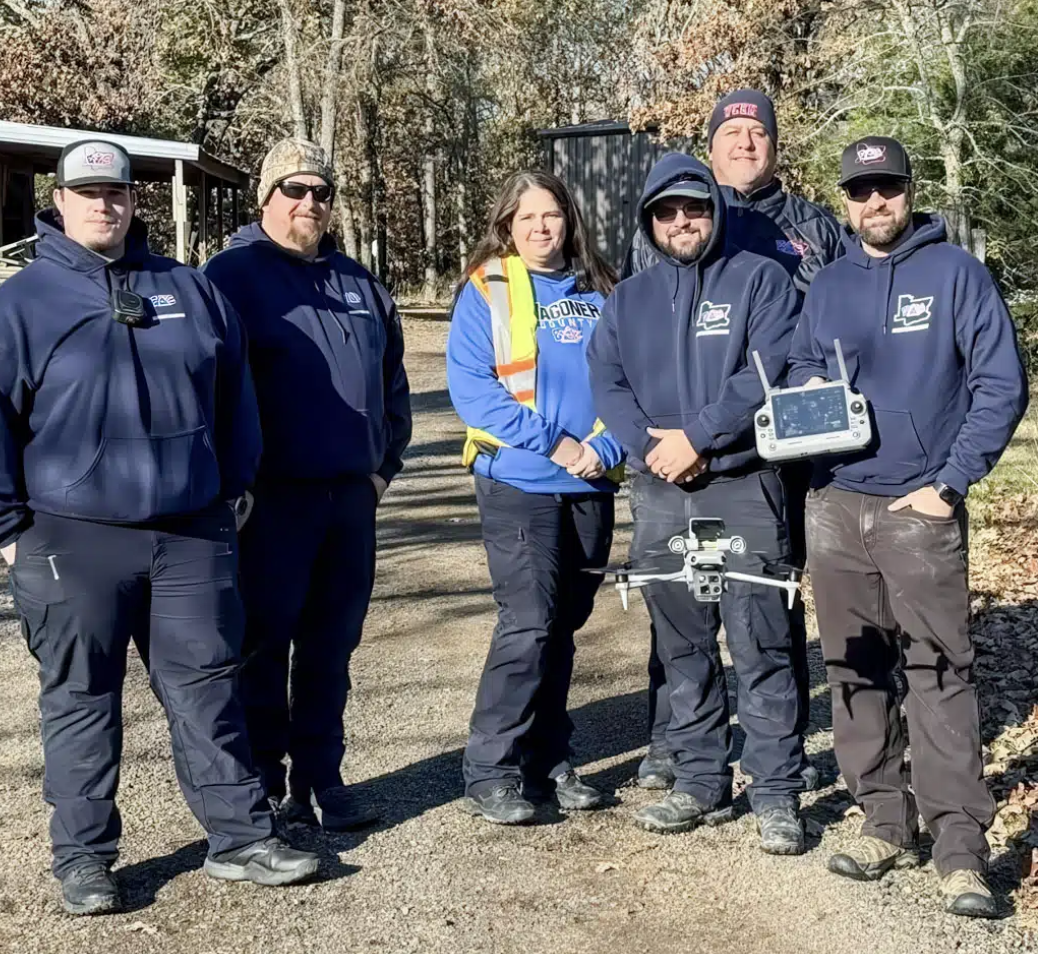Featured NewsTrending NewsEvolving TechZephyr Drone Sets Record for Flight Duration: 42 Days!
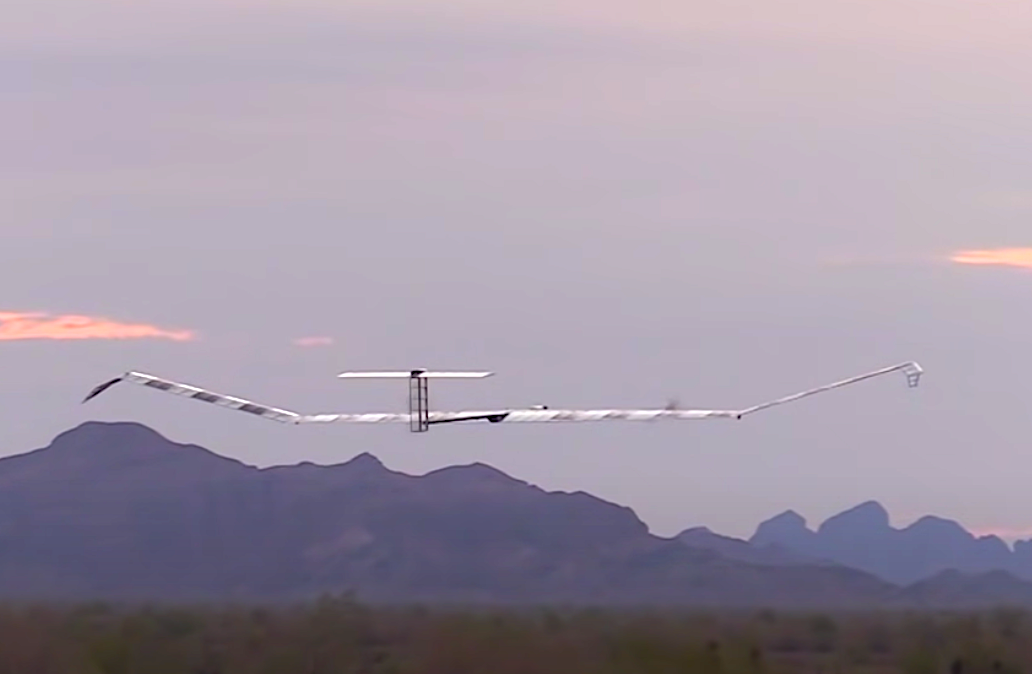
"Ultra-long-endurance unmanned platforms have the potential to provide significant military capabilities as part of the Army’s diversified multi-layered architecture," said Michael Monteleone, Director of the Army's Assured Positioning, Navigation and Timing/Space Cross-Functional Team, which is using the Zephyr to test energy-storage capacity, battery longevity, solar-panel efficiency, and other features. “We have seen incredible progress in high-altitude platforms in recent years. This experimentation allows us to build on that knowledge by demonstrating multiple payload types, fully exploring the military utility of stratospheric operations, and modernizing areas of deep sensing, long-range targeting and resilient communications."
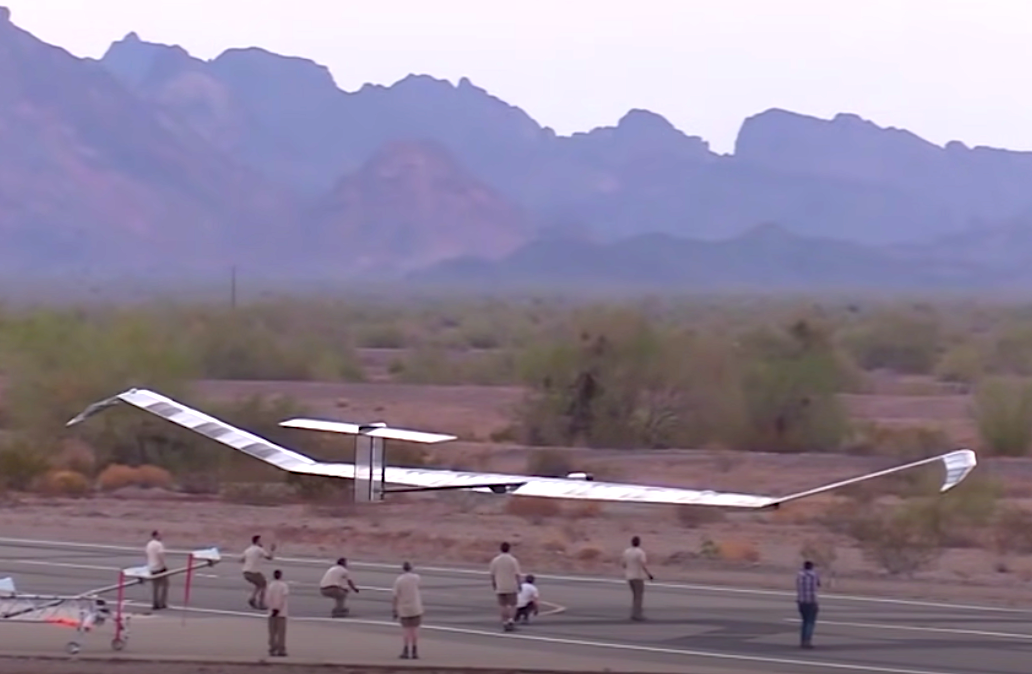
The Zephyr features a narrow fuselage and a wingspan of 82 feet. The drone is made from lightweight carbon-fiber composites, and weighs just 165 pounds. It can carry up to a 50 lb payload, which can include optical, infrared, LIDAR and hyperspectral sensors; radar and synthetic aperture radar (SAR); and early warning systems. Described as a "High Altitude Platform Station" (or HAPS), the Zephyr can operate at 70,000 feet—as a reference, WWII bombers typically did their bombing runs at less than 30,000 feet—and observe a ground area of 12 miles by 18 miles. Sometimes referred to as a "pseudo satellite," the HAPS is designed to fly for extended periods, using solar energy to charge its onboard batteries in order to keep the drone aloft during the night.
On a reconnaissance mission, the Zephyr could continuously stand watch over a selected location for weeks at a time.
Another benefit of a HAPS such as the Zephyr is that its long-time, high-altitude flights mean it can be utilized as a communications relay platform to send signals between other aircraft and ground stations.
“Our connectivity services will provide a viable alternative and complement to terrestrial and satellite-based connectivity solutions, allowing for the first time, low-latency and direct-to-device connectivity across vast geographies economically," stated Airbus.
